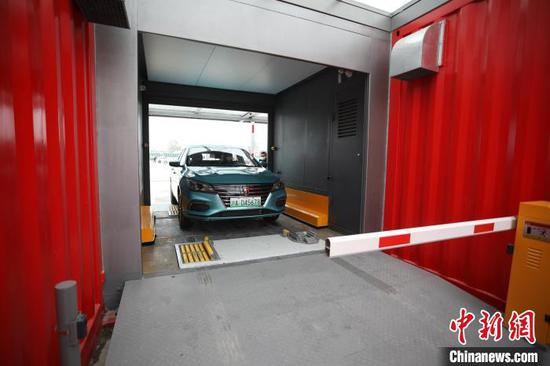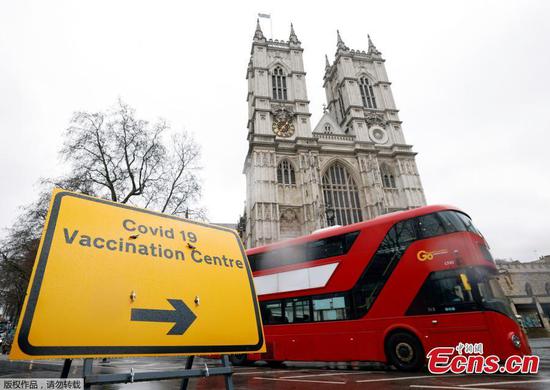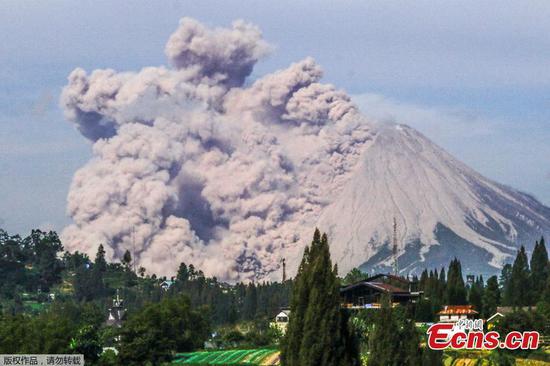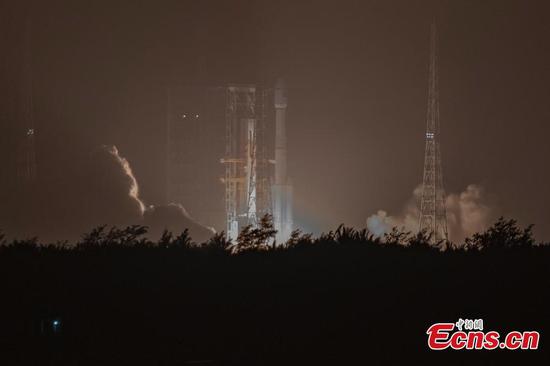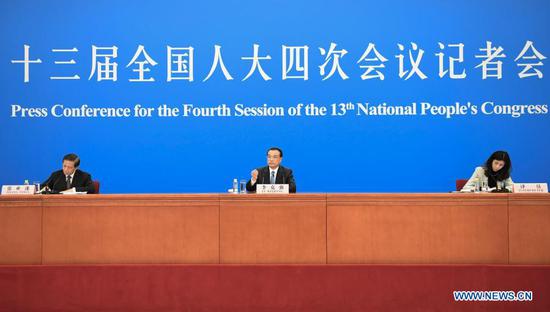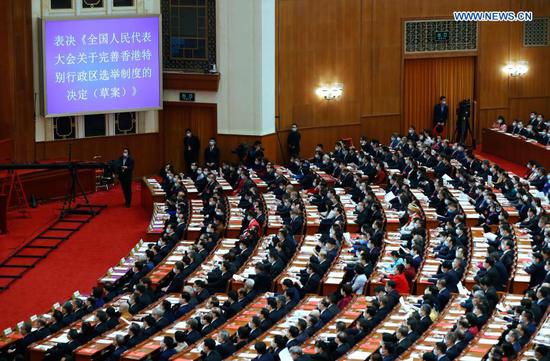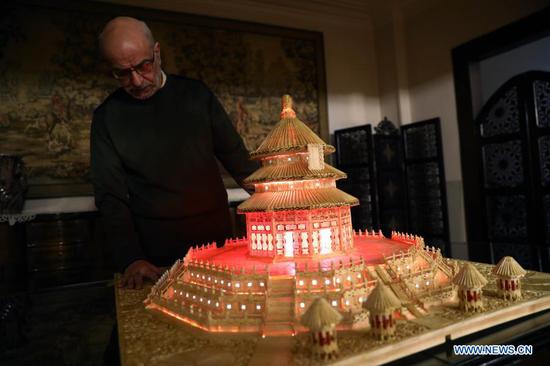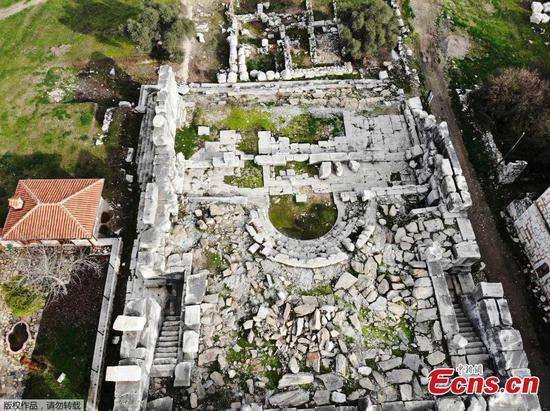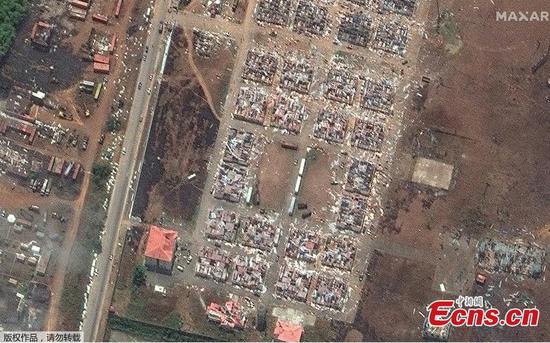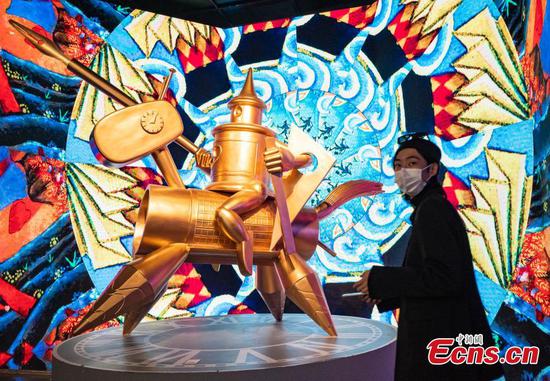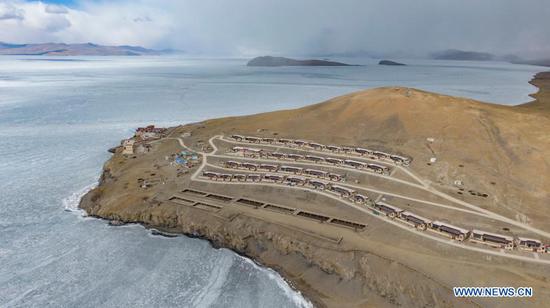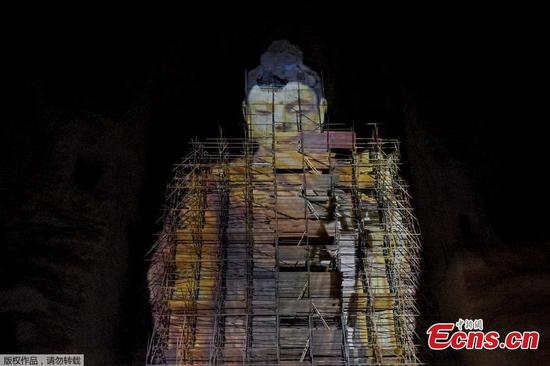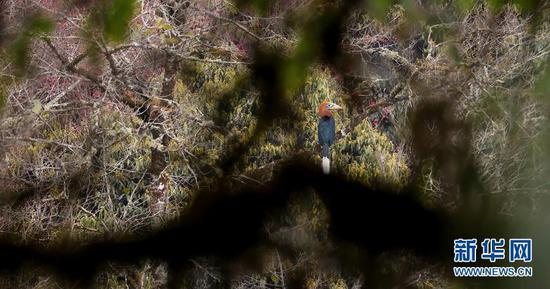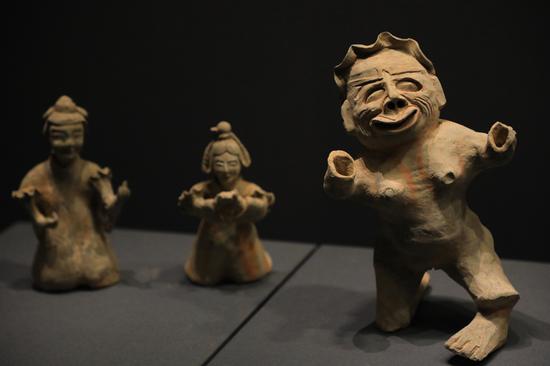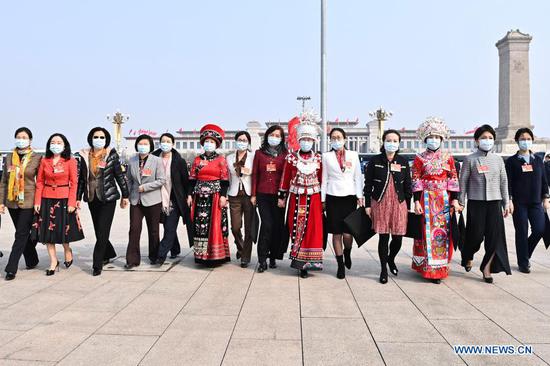Zhongdu, the capital city of Jin Dynasty (1115-1234) has been recently unveiled beside Beijing's Lize financial and business zone by Chinese archaeologists after two years of excavation.
Though only three sections of the ancient city wall, namely the Gaoloucun section in the west and the Wanquansi and Fenghuangzui sections in the south, were found preserved, a total of 2,500 square meters of the bygone capital city have been discovered during the excavation by the Beijing Cultural Relics Institute. Besides, a part of the ancient city was found during Beijing's subway construction in Fengtai District.
Beijing was previously deemed a key city for border defense or provisional capital. However, starting from the Jin Dynasty, it became the second-to-none choice for capitals in the following dynasties, said Ding Lina, a researcher in charge of the archeological project. "The discovery marks a turning point in the history involving the location and construction of China's capital city."
Zhongdu served as Jin's capital for more than six decades in the dynasty's heyday amid around 120 years of ruling and was later abandoned around the end of the Yuan Dynasty (1271-1368).
"The overlap between the ancient capital and the modern city has made the excavation hard as the southern part of the city wall was almost destroyed during road and landfill construction," Ding said.
During the excavation, archaeologists also found protruding ramparts, called "Mamian" in Chinese, which used to function as defense facilities. Each protruding rampart has three faces that can greatly broaden the guards' vision and enhance the overall defense capability, according to the researchers.
The excavation team adopted various high-tech measures to better detect and record the relics. They collected soil samples for further analysis on plant sporopollen to learn about the agricultural conditions at that time. Some animal specimens unearthed were also analyzed in order to study the living environment and dietary pattern of yore.
Archaeologists believe that Zhongdu was reconstructed on the basis of Youzhou city of Tang Dynasty (618-907) and Nanjing of Liao Dynasty (907-1125), but there have been few relics to prove this. The discovery of tombs dating back to Tang and Liao dynasties underneath the wall of Zhongdu provides direct evidence to this claim, Ding noted.
Detailed surveying and mapping, as well as 3D laser scanning, were also launched as part of the project, laying a solid foundation for relics restoration and display in the future. Enditem









